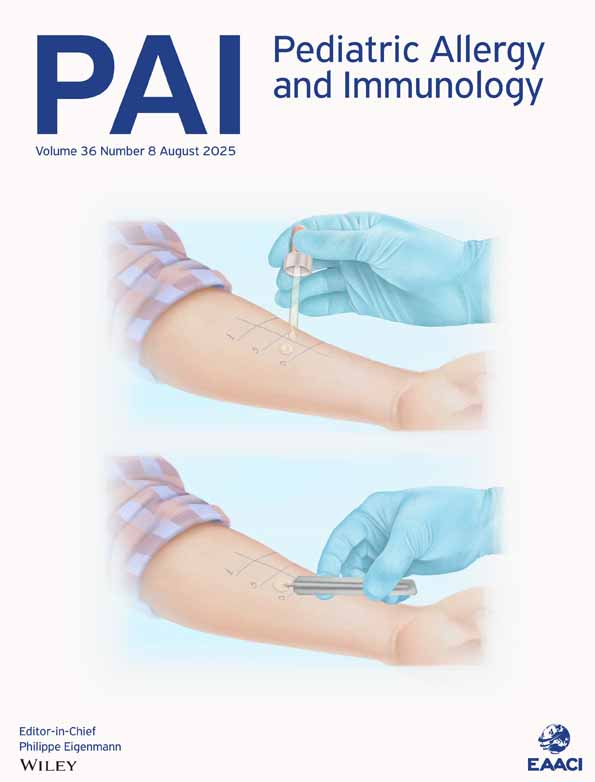Measles vaccine in egg allergic children: poor immunogenicity of the Edmoston-Zagreb strain
Abstract
Despite the fact that a number of recent studies have shown that measles/ mumps/rubella vaccine is safe for egg allergic children, many pediatricians are still concerned about immunization in egg allergic children. In Europe, a measles vaccine with the Edmoston-Zagreb strain (EZMV) grown in human fibroblast culture has been developed and recommended for children with egg allergy. However, some doubt arises on the efficacy of this strain due to its weak immunogenicity. The aim of this study was to investigate the immunogenicity of the EZMV in comparison to the measles vaccine with the Schwarz strain (SWMV) grown in a chick embryo fibroblast culture.
Thirty-nine children affected by severe immediate manifestations due to IgE mediated egg allergy were enrolled. The children received at random the SWMV (Morupar, Sclavo) or the EZMV (Triviraten, Berna) in one 0. 5 ml subcutaneous injection, and were checked for any immediate allergic reactions in the following 4 hours. Blood samples were taken for the detection of specific antibody response 5 months after the immunization. In SWMV seroconverted children (18/19) the geometric mean antibody liter was 3 times higher than that observed in EZMV seroconverted children (17/20) (p < 0.01). No allergic reactions occurred following the immunization with the two different vaccines. This data confirms the safety of SWMV in egg allergic children. In addition, the present study provides further data on the lower immunogenicity of the EZMV in comparison to the SWMV.




